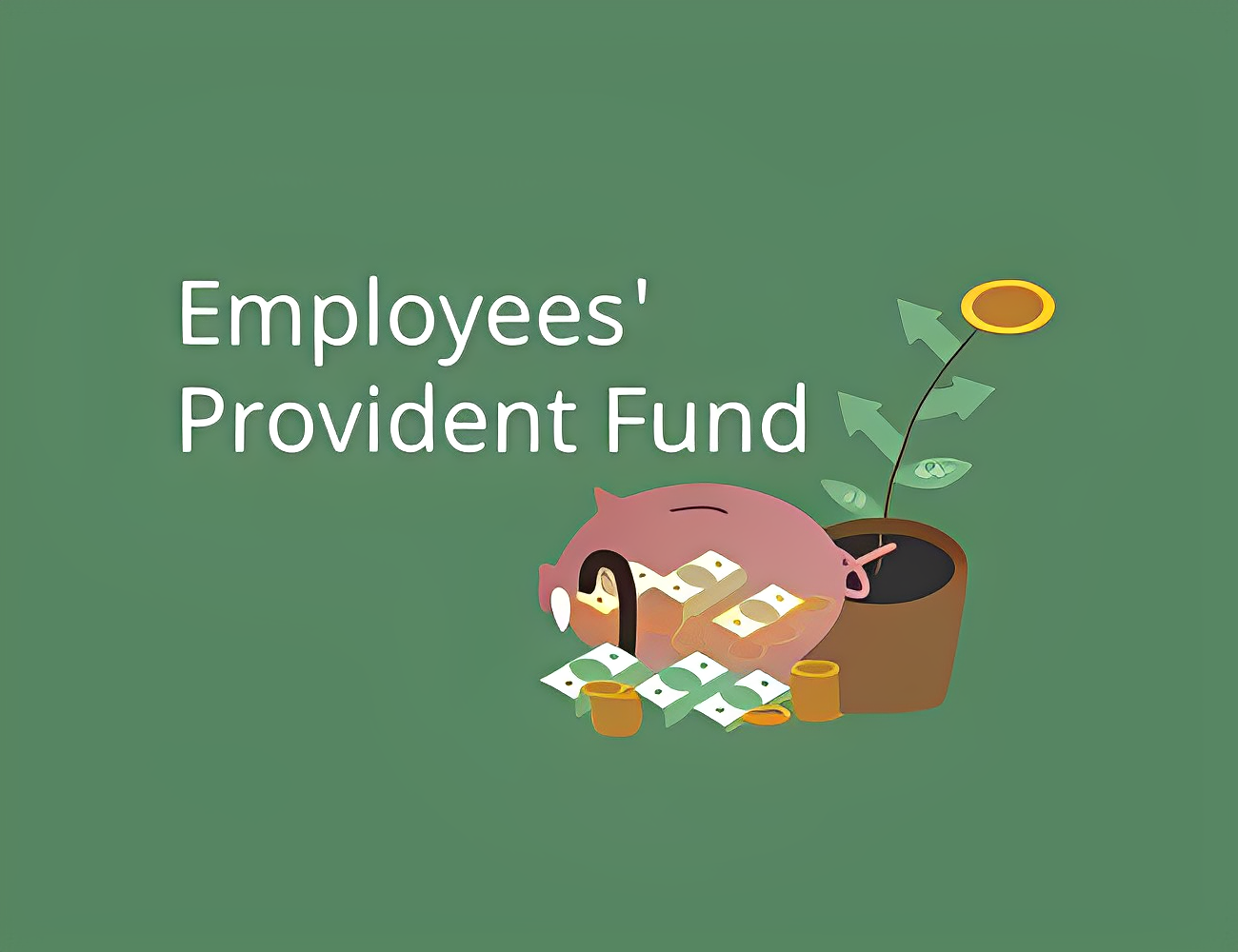For most Indian salaried individuals, the Employee Provident Fund (EPF) serves as the bedrock of their retirement corpus. Every month, a portion of your salary gets channeled into this government-backed scheme, building a nest egg for your golden years. But just like any investment, understanding how your EPF functions is crucial. This is where your EPF passbook comes in – a portal that unlocks the intricacies of your provident fund transactions.
Understanding Your EPF Passbook: A Breakdown of Key Sections
Your EPF passbook acts as a detailed statement, chronicling your contributions, interest accruals, and withdrawals. Let’s delve into its key sections:
- Member Account: This section displays your unique EPF account number, crucial for any account-related communication or transactions.
- Opening Balance: This reflects the total amount in your EPF account at the beginning of the financial year.
- Monthly Contributions: This section details your and your employer’s monthly contributions towards your EPF. Remember, both parties contribute 12% of your basic salary (capped at INR 15,000 per month) towards your EPF.
- Interest Earned: Witness the power of compounding interest! This section showcases the interest earned on your EPF balance every year.
- Voluntary Contributions: Feeling proactive about your retirement savings? This section reflects any voluntary contributions you’ve made beyond the mandatory 12%.
- Withdrawals: Track any withdrawals you’ve made from your EPF account, categorized by reason (e.g., housing loan purchase, medical emergencies).
- Closing Balance: This all-important figure portrays your EPF corpus at the end of the financial year, taking into account contributions, interest, and withdrawals.
Beyond the Numbers: Decoding the Nuances of Your EPF Passbook
Your EPF passbook offers valuable insights beyond just the raw numbers. Here’s what you can glean from its depths:
- Contribution Discrepancies: Identify any discrepancies between your actual salary and the reflected contributions. If you notice any errors, promptly contact your employer or the EPFO for rectification.
- Tracking Interest Accrual: Monitor the annual interest credited to your EPF account. Remember, the interest rate is revised periodically, impacting your long-term returns.
- Withdrawal Eligibility: Your passbook details the conditions under which you can withdraw funds from your EPF account before retirement. Understanding these conditions empowers you to plan your finances effectively.
- Retirement Planning: By analyzing your passbook over time, you can estimate your projected EPF corpus at retirement. This helps you assess your retirement readiness and make informed financial decisions early on.
Maximizing Your EPF Savings: Pro Tips for a Secure Future
Your EPF passbook is a powerful tool, but it’s just one piece of the retirement puzzle. Here are some pro tips to maximize your EPF savings and build a robust retirement corpus:
- Increase your voluntary contributions: Consider exceeding the mandatory 12% contribution to accelerate your wealth accumulation.
- Avail tax benefits: Remember, EPF contributions enjoy tax exemption under Section 80C of the Income Tax Act, boosting your savings potential.
- Seek professional guidance: Consulting a financial advisor can help you tailor your EPF strategy to your specific retirement goals and risk tolerance.
Navigating the Landscape of Employee Provident Fund (EPF) Management
As you embark on the journey of managing your Employee Provident Fund (EPF), it’s essential to delve deeper into the nuances of this financial instrument. In this extended discussion, we’ll explore additional facets of EPF management, providing you with a comprehensive guide to optimize your retirement savings.
1. Digital Transformation of EPF Services:
The landscape of EPF management is undergoing a digital transformation, with the Employees’ Provident Fund Organisation (EPFO) embracing technology to enhance user experience. The introduction of online services allows you to access your EPF passbook, check your balance, and even initiate withdrawal requests from the comfort of your home. Stay abreast of these digital advancements to streamline your EPF-related transactions.
2. Nomination and Succession Planning:
Your EPF passbook might not explicitly cover nomination details, but it’s a critical aspect of your financial planning. Ensure you’ve nominated a beneficiary for your EPF corpus, as this simplifies the process of succession planning. Regularly review and update your nomination details, especially after significant life events such as marriage, childbirth, or the demise of a nominee.
3. Understanding EPF Interest Rates:
While your passbook highlights the interest earned, it’s prudent to delve into the factors influencing EPF interest rates. The EPFO declares interest rates annually, and understanding the mechanisms behind rate revisions can empower you to anticipate changes in your returns. Keep an eye on financial news and EPFO announcements to stay informed about any adjustments to the interest rates.
4. EPF and Other Retirement Instruments:
Diversification is a key principle in financial planning. While your EPF is a robust retirement savings tool, consider exploring complementary investment avenues. Research and evaluate other retirement instruments, such as Public Provident Fund (PPF), National Pension System (NPS), and mutual funds, to create a well-rounded portfolio. This approach can provide additional layers of financial security and potential growth.
5. Impact of Job Changes on EPF:
Career transitions are a common occurrence, and they can impact your EPF contributions. When changing jobs, understanding the implications on your EPF is crucial. You have options such as transferring your EPF account to the new employer or opting for withdrawal. Evaluate the best course of action based on your financial goals and the tenure of your employment.
Conclusion: Your EPF Passbook – A Roadmap to a Secure Retirement
Your EPF passbook is more than just a record of transactions; it’s a roadmap to a financially secure future. By understanding its intricacies and leveraging its insights, you can make informed decisions and take control of your retirement journey. Remember, the earlier you start planning and optimizing your EPF, the more comfortable and fulfilling your golden years can be. So, grab your EPF passbook, decipher its codes, and pave the path to a worry-free retirement!
Sources:
- Employees’ Provident Fund Organisation (EPFO): https://www.epfindia.gov.in/
- Income Tax Department of India: https://www.incometaxindia.gov.in/




